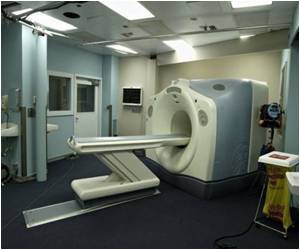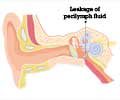A site in a highly developed area of the human brain that plays an important role in the subconscious recognition of which way is straight up and which way is down has been discovered by scientists.

Disabling dizziness can be a symptom of damage to the inner ear or other senses such as vision.
But in many cases, the problem instead appears to stem from a disruption of the processes in the brain that translate input coming from the inner ears about the pull of gravity and the eyes about our visual sensations into what is known as upright perception.
The human brain has an automatic capacity to know which way is up even when our heads and bodies are askew. Studies of people in zero-gravity conditions suggest that sensing gravity plays a role in the perception of upright and spatial orientation.
"Our brain has this amazing way of knowing where we are in space, whether we are upright or tilted at an angle, even if it is completely dark and we can't see anything around us," Amir Kheradmand, M.D., a neurology instructor at the Johns Hopkins University School of Medicine who conducted the research, said.
"This study suggests there's a small area of neural tissue in the parietal cortex substantially involved in this ability, giving us a place to start thinking about how we may be able to treat people with disorienting dizziness," he said.
Advertisement
Source-ANI















